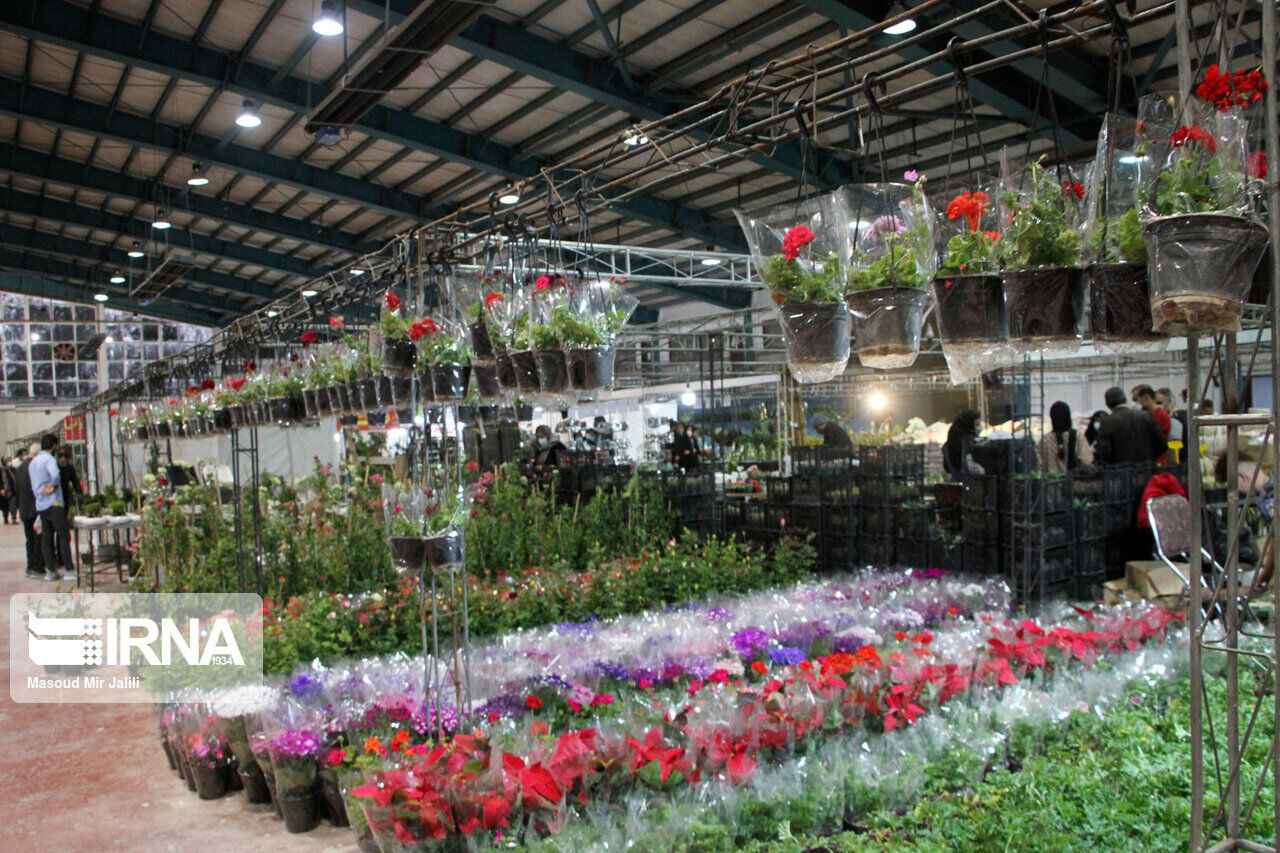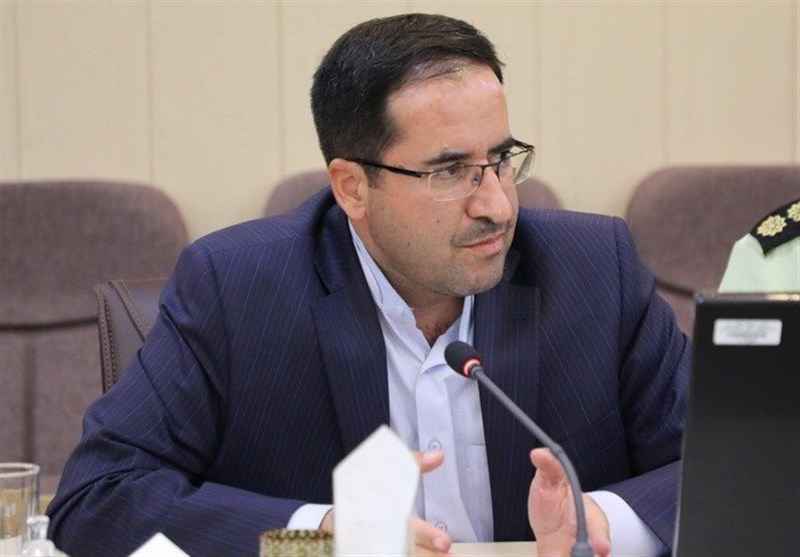Creating incentives for farmers to implement the model of contract farming + Deputy Minister's explanation
The cultivation pattern determines the crop production based on export advantages and climate.
The cultivation pattern determines the crop production based on export advantages and climate.
Deputy Planning and Economic Minister Jihad Keshavarzi said: The cultivation pattern is an agricultural system that determines the export advantages and climate of each crop production region based on domestic needs.
According to Dehghan News, quoted by Mehr, Shahpour Alaei Moghadam in an interview on the topic of regulating the market of agricultural products added: The cultivation pattern is a strategy and solution that is used in agricultural planning based on the potential of each region, including climatic conditions, weather, resources and inherent talents for Each product is designed, compiled and communicated.
According to the Deputy Minister of Agricultural Jihad, there were talks about implementing the cultivation model for about 50 years ago, but its operational work was mandated based on the legal capacity in paragraph "b" note "8" of the budget law of 1401 that the government and the Ministry of Agricultural Jihad implemented the cultivation model. slow
He added: The implementation of the cultivation model started in Mehr 1401 and to support it, contract cultivation was put on the agenda, and currently about 1.5 million hectares of agricultural land are under contract and based on water resources with the support of the government. It includes the provision of fertilizers, seeds, facilities and technical and credit assistance under wheat cultivation.
Emphasizing that the implementation of the cultivation model requires a lot of requirements, Alaie Moghadam stated: This is a multi-ministerial plan and different ministries such as energy, country, cooperation, labor and social welfare must be present in this plan.
According to him, the governor of each province is the head of the cultivation model headquarters and the head of the agricultural jihad organization of the province is the secretary of this headquarters.
40% implementation of the cultivation model is considered a success
The Deputy Minister of Planning and Economic Affairs of the Ministry of Agricultural Jihad stated: The implementation of the cultivation model has requirements, one of the most important of which is the allocation of credit and budget. For the implementation of this plan, about 130 thousand billion Tomans are needed to cultivate at least 40% of agricultural products within the framework of this model over the course of five years; Of course, any country that implements 40% of the cultivation model is considered a successful country in this field.
Stating that contract cultivation is the introduction to the implementation of the cultivation model, he added: According to the plan announced by the Minister of Agricultural Jihad to the Islamic Council, by 1404, about 20% of the agricultural sector will be cultivated on a contract basis.
Creating incentives for farmers to implement contract farming model
Alaie Moghadam said about encouraging farmers to implement the contract cultivation model: agriculture is an activity accompanied by risks and considering that in our country the property rights are in the possession of the farmers in terms of Sharia, we must motivate them to produce the products in the model arrangement. to plant; It means that water-intensive crops should be moved to controlled environments such as greenhouses, and open space should be used for planting strategic and essential crops, including rice, some grains, and livestock inputs; For this purpose, we must consider attractiveness, desirability and incentives for the farmer so that we can implement the cultivation model.
He clarified about the existence of surplus and shortage of products in the agricultural sector of Iran: because the farmer starts cultivation according to the customary information of the region and the smallness of the agricultural land and the potential of each region, and this causes the surplus in some years and in Sometimes there is a shortage of products, so with two contract farming methods and also the full implementation of the cultivation pattern, especially in water-rich crops and greenhouse cultivation in different seasons of the year, crop loss is greatly reduced and market management is facilitated.
Referring to the creation of incentives for farmers in the implementation of the cultivation model, the vice president of planning and economics of the Ministry of Agricultural Jihad said: We cannot legally force the farmer to cultivate a certain crop, creating attractiveness through economic incentives, low-interest bank facilities, and long-term investments. And the provision of technical services will be helpful in persuading farmers to follow the cultivation pattern.
He stated that the Ministry of Agricultural Jihad has not received any credit from the Planning and Budget Organization for the implementation of the cultivation model, and added: This ministry provides 50% of the fertilizers that play an essential role in the production free of charge to the farmers from internal resources for the proper implementation of the cultivation model. Has set.
Alaie Moghadam stated that the Ministry of Agricultural Jihad has provided seeds to the farmers for the development of the long-term cultivation model, and said: At the same time, 50% of the insurance of agricultural products has been considered free of charge, technical and engineering assistance through The new extension system is provided to farmers through agricultural service centers, and the guaranteed purchase of some agricultural products is also done at the end of the chain.
800% growth of contract cultivation of wheat
Referring to the increase in contract cultivation in wheat crop, he stated: Contract cultivation of wheat has grown by 800% compared to the previous years (1400-99) and has reached 1.5 million hectares from 150 thousand hectares, that is, at the beginning of the work, cultivation The contract and the implementation of the cultivation model were welcomed by the farmers and the prices that were approved by the pricing council and the support policies of the agricultural sector for the guaranteed purchase of wheat were welcomed by the farmers.
207,000 farmers are involved in wheat contract cultivation
The Deputy Minister of Agricultural Jihad stated: About 207 thousand farmers have accepted the implementation of the cultivation model in the wheat crop, which is a significant number at the beginning of the implementation of this plan.
Stating that our dependency ratio in oilseeds is high, Alaie-Moghadam added: Increasing the production of five oilseed products is on the agenda of the cultivation model.
He added: increasing the cultivated area of rapeseed, soybean, camelina and sunflower from 230,000 hectares to 520,000 hectares is on the agenda, and in order to achieve it,











